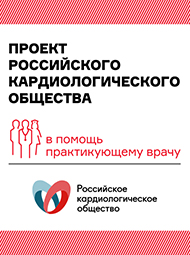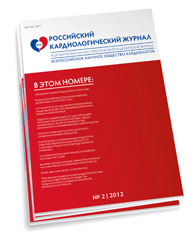USPSTF: Screen Older Male Smokers for AAA
Routine, one-time screening for abdominal aortic aneurysm (AAA) with an ultrasound should be confined to men ages 65 to 75 who have ever smoked, updated draft guidelines from the U.S. Preventive Services Task Force (USPSTF) reiterated.
For men in that age group who have never smoked, however, clinicians should offer selective screening on a case-by-case basis, stated the guidance, which will replace the previous 2005 recommendations if finalized after a period of public comment.
Whereas the older recommendations advised against screening for AAA in all women, the newer guidance made a distinction between those who had ever smoked and those who had never smoked. The task force found insufficient evidence to recommend for or against screening among women ages 65 to 75 who had ever smoked, but found adequate evidence to recommend against screening in nonsmoking women.
Overall, the recommendations are similar to those released by the American College of Cardiology and American Heart Association in 2005. That document states that one-time screening should be performed in men 60 and older who have a sibling or parent with AAA and men ages 65 to 75 who have ever smoked. Screening is not recommended for women or nonsmoking men.
Most guidelines from other organizations do not recommend routine screening in women either, although the Society for Vascular Surgery recommends screening in women 65 and older who have smoked or have a family history of AAA.
The distinction between men and women surrounding AAA comes from the fact that men carry a much greater risk. In studies of adults 50 and older, the prevalence of AAA has ranged from 3.9% to 7.2% in men and from 1% to 1.3% in women, with the highest rates among people who had ever smoked.
And the importance of screening for AAA is underscored by the severe consequences associated with a rupture, which often is not preceded by any symptoms. Most patients -- 75% to 90% -- will die from a ruptured AAA.
When drafting the new recommendations, the USPSTF relied on an updated evidence review conducted by Janelle Guirguis-Blake, MD, of the University of Washington in Tacoma, and colleagues from the Kaiser Permanente Center for Health Research in Portland, Ore. The review was published online in Annals of Internal Medicine.
An analysis of four randomized trials revealed that a one-time invitation for screening was associated with significantly reduced rates of AAA rupture, emergent surgery, and AAA-related deaths in men 65 or older, with the mortality benefit becoming apparent 3 years after screening and lasting out to 15 years.
In the trials, patients with an aneurysm measuring 5.5 cm or larger were referred for immediate open surgery to repair it. Smaller aneurysms were managed conservatively, with repeat ultrasounds every 3 to 12 months.
The potential downsides of screening were increased rates of AAA surgery (mostly due to elective operations); the direct costs of surgery, which can range from $37,000 to $43,000; the possibility that the screening displaced other possibly more beneficial preventive actions; and the possible need for long-term surveillance. Results were mixed regarding the effects of screening on quality of life or psychological status.
Taken together, the task force determined that there was a moderate net benefit to screening in men ages 65 to 75 who had smoked at some point in their lives and a small net benefit in men in that age group who had never smoked.
When deciding whether to screen men in the latter group, "patients and clinicians should consider the balance of benefits and harms on the basis of evidence relevant to the patient's medical history, family history, other risk factors, and personal values," the guidance stated.
The authors noted that aside from male sex and smoking the main risk factors for developing AAA are older age and a family history of AAA. Blacks, Hispanics, and patients with diabetes carry lower risks of developing AAA.
As for women, the task force concluded that there was not enough information to determine the relative risks and benefits of screening in women ages 65 to 75 who had ever smoked, but that the harms likely outweigh any potential benefits in nonsmoking women.
Source: www.medpagetoday.com






